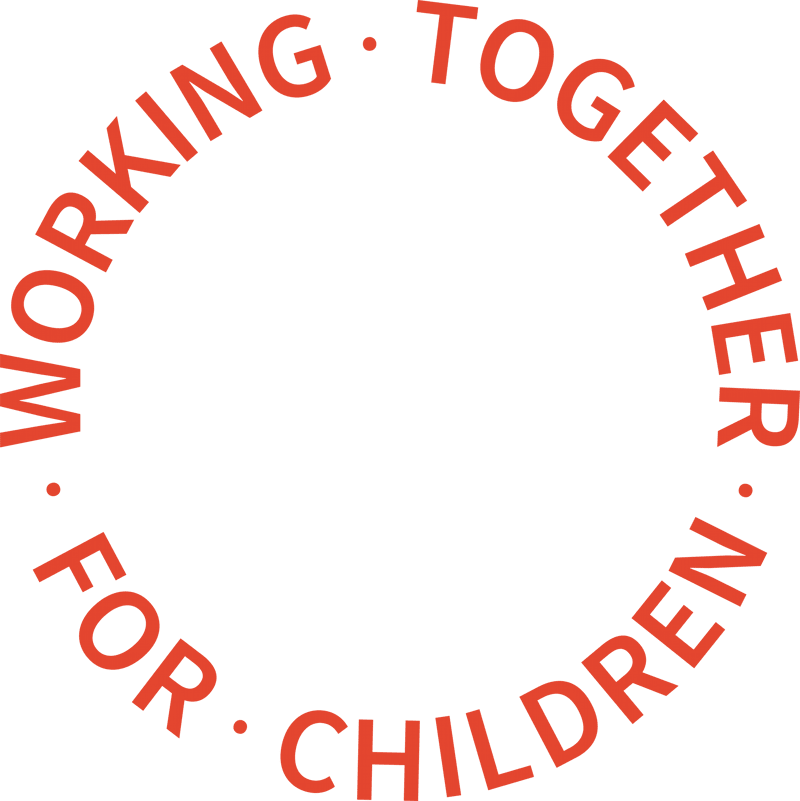The vast majority of victims or likely victims of Child Sexual Exploitation have not had a protective, nurturing adult in their lives, a report by the Scottish Children’s Reporter Administration and Barnardo’s Scotland has found.
The research based on the experiences of 53 girls and 21 boys who were victims or likely victims of sexual exploitation found that there were many similarities between boys and girls in terms of their social, family and behavioural vulnerabilities, and their histories of care.
“We compared the backgrounds, vulnerability factors and care histories of the 74 children who were victims or likely victims of sexual exploitation with 33 children who were not assessed at such risk. These children had similar experiences of neglect and abuse within their families, abandonment, behavioural vulnerabilities, and histories in the care system - whether they became victims of sexual exploitation or not. What differentiated children who were victims from those who were not, related to the actions of others (often older people) with or towards the child,” said the report.
The basis of the research was the case files held by SCRA of 213 children which included 49 girls in secure care, 64 children with criminal remits and 100 children in residential care. There were 44 cases identified where CSE was reported by services and 30 where we assessed that the child was a likely victim of sexual exploitation.
These 74 children came from a mix of rural and island communities, urban areas and mixed urban/rural areas, meaning that there are children who are being sexually exploited right across Scotland.
The researchers assessed 63% of girls in secure care, 40% of girls in residential care and 62% of girls with criminal remits as CSE victims; for boys this was 21% of those in residential care and 10% of those with criminal remits.
“Child sexual exploitation is a particularly hidden form of sexual abuse and crime. Victims may not be aware that they are being sexually exploited, such is the coercive nature of perpetrators and the control they exert over their victims. It is very rare for a child to disclose that they are a victim. There is very little information on the prevalence of CSE in Scotland and, until this research, no information on boys who are vulnerable to sexual exploitation,” said the report.
In almost a half of the cases of the 53 girls and 21 boys who were victims or likely victims of sexual exploitation, this abuse started before they were 13 years old – this was 43% of boys and 58% of girls. The youngest was 11 years old.
- Almost all were influenced by negative peers 95% of boys and 96% of girls
- 90% boys and 96% of girls were influenced by older people
- 86% of boys and 77% of girls had not had a protective, nurturing adult at some point in their lives
- A half had experienced a significant bereavement (57% boys, 54% girls)
- Around a third had been exposed to sexual behaviour (33% boys, 36% girls), and
- 38% of boys and 26% of girls had a learning difficulty.
The research warns that the main difference is that girls were more likely to be identified as victims by services than boys - 91% were girls. In comparison, over half of the children researchers assessed to be likely victims were, in fact, boys (57%), but there was no mention that these 17 boys were so vulnerable in the reports presented as part of the Children’s Hearings System.
The report found that:
- Boys were more likely to be reported to have been exposed to violence - 76% of boys compared to 53% of girls
- 33% of boys compared to 13% of girls were likely to display sexually harmful behaviour
- Girls were more likely to be reported to have a much older boy/girlfriend (14% boys, 70% girls)
- 55% of girls were the victim of sexual abuse compared to 24% of boys
- 43% of girls have attempted suicide in comparison to 24% boys
- 85% girls had self-harmed whereas this figure was 48% for boys
- 85% of girls were sexually active in comparison to 48% of boys.
It is difficult to assess the extent that some of these differences are real or result from a bias towards reporting of such risks for girls, the research said. That only four boys in this study were reported in official documents as being victims leans toward the latter explanation that boys’ vulnerabilities to sexual exploitation are not being recognised or taken seriously. It also means that the extent of CSE and boys is likely to be higher than known.
For those children assessed as being victims, the factors included:
- having an older girl/boyfriend (54%)
- being influenced by older people (95%)
- being exposed to sexual behaviour (35%)
- concerning mobile phone/internet use (80%)
- being sexually active (74%)
- sexually risky behaviour (45%)
- having unexplained money or expensive items (47%)
- visiting locations of CSE concern or prostitution (54%).
“There is therefore a need to look beyond a child’s behaviour and family circumstances to who is associating with the child, why they are doing this and when this happens, to better identify and protect those vulnerable to sexual exploitation. One such approach is Contextual Safeguarding. This extends responsibilities for safeguarding a child to individuals and agencies who have influence over extra-familial contexts and that of the communities where the child lives, rather than the current more family-focused interventions,” said the report.
The records of 220 Children’s Hearings for the 44 children reported by services to be CSE victims were examined. The majority (71%) were provided with information that the child was a victim of sexual exploitation. However, when CSE was referenced in reports, this was often very briefly and was seldom included in social work recommendations to Children’s Hearings (only 10% of recommendations referenced CSE), and in Hearings’ decision making (11% of Hearings decisions included CSE and a further 16% alluded to it).
Most Children’s Hearings do not therefore appear to be considering the child as a CSE victim when making decisions on statutory interventions, the research said.
“This is likely a combination of Hearings only being provided with limited or no information on CSE, and a lack of awareness by Panel Members of the signs of CSE. For children to receive interventions and services to protect them from sexual exploitation, all involved in their care and welfare must have up to date information on children’s vulnerabilities and the risks they face, to make effective decisions and plans. From this research, it would appear that this is not always happening,” the report concluded.
An accompanying policy paper makes a number of recommendations including:
- Scottish Government must invest in Scotland-specific research into the scale and nature of CSE and support researchers by facilitating multiagency co-operation in its delivery.
- Scottish Government and partners must continue public-facing awareness raising campaigns and engagement must be designed to tackle misconceptions around identity, gender, location and responsibility.
- Children’s Hearings Scotland and SCRA must ensure that workers and volunteers within the Children’s Hearings System have access to training on the identification of and response to child sexual exploitation that takes account of issues relating to identity and tackles victim-blaming attitudes.
- Scottish Government must support cultural change throughout the sector to eradicate victim-blaming attitudes and language by delivering training, supporting internal audits and reflection, and reporting progress.
- Models of contextual safeguarding must be embedded across the children’s sector, in both policy and practice, in order to adequately respond to the array of risks and vulnerabilities children face. Child Protection Committees and Community Safety Partnerships can play an important role in progressing this.
The policy paper with all recommendations is available here
Sexual exploitation of children involved in the Children’s Hearings System A research report by the Scottish Children’s Reporter Administration and Barnardo’s Scotland


